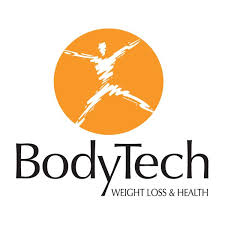There are many factors that influence a person’s tendency to gain weight, some of which we have little control over. However, one factor that does contribute is portion control.
Food portions have gotten larger at restaurants; food packages keep expanding; and “supersizing” is everywhere. This is bad news, because studies show that people eat more when they’re given larger portions, often at least 30 percent more! We also become used to seeing these larger amounts of food and start to believe that is the appropriate serving to eat at one time.
During phase 1 of the Ideal Protein Protocol, you’ll be eating a number of individually portioned meals and snacks that will help you take the guesswork out of portion control. During this time, you will also learn about serving sizes for the other foods you eat, as well as how to monitor and control portion size to help you maintain your weight once you’ve reached your goal. Check your Phase 1 folder for more information on what constitutes a serving, and your Ideal Protein Coach will also be able to help you if you need guidance in this area.
To get you started, here are a few ways to learn how to keep your portions in check—both during your phase 1 weight loss and in the future, to help you guard against weight regain:
Review what constitutes a serving. If you’re trying to stay within a certain amount of calories or macronutrients, being aware of what you’re actually eating is essential. For example, if you’re calculating nutritional information for a serving of chicken breast (4 oz), be aware that eating “one chicken breast” may give you more than one serving, since many chicken breasts weigh up to eight ounces.
Retrain your serving size “eye” by using measuring cups, measuring spoons, and a kitchen scale when portioning out meals and snacks.
Use smaller plates and bowls. Measure them to see how much they hold. We tend to “clean our plates,” so make sure you’re not loading on more than is appropriate.
Don’t eat directly from the bag, box, or carton unless it’s a single-serving package. Pour a serving into a bowl or other container, or divide a larger package into single servings.
At restaurants, consider sharing an entrée or immediately placing part of it into a carryout container. Or order an appetizer and side salad instead of an entrée.
Don’t skimp on vegetables or salad servings, but do be mindful of any extras such as sauces, salad dressings, and so on.
Plate your food in the kitchen rather than leaving serving dishes on the table. Put leftovers away as soon as possible so you won’t be tempted to pick at them.
Eat slowly and mindfully. We tend to eat more when we’re distracted. Take smaller bites and chew food well. Give your body a chance to signal that you’re full.
Even after you’ve reached your weight loss goals, you’ll want to be vigilant to make sure you don’t regain the weight you’ve lost. If you do find the number on the scale creeping up, it might be time to check on your portion control. Even if you’re eating a healthful diet, your portions may still be too big, which could contribute to weight gain.


